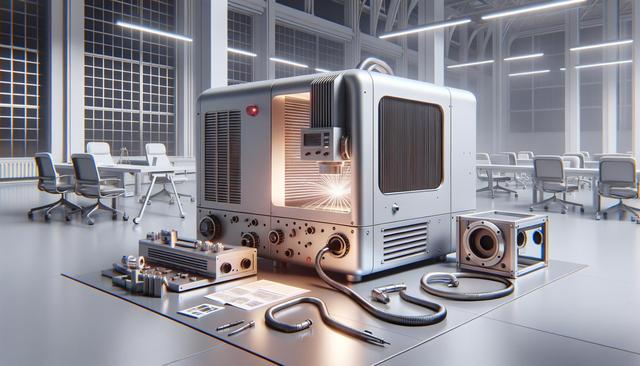The Role of Lift Services in Urban Infrastructure
In rapidly growing urban areas, efficient vertical transportation is more important than ever. Lift services are fundamental to the design and operation of high-rise buildings, shopping complexes, hospitals, and other multi-level facilities. As cities continue to expand vertically, the demand for reliable and safe lift systems increases in parallel. This growth is not limited to just installation; maintenance, modernization, and repair services are equally significant to ensure long-term functionality and user safety.
Lift systems must comply with strict safety standards and building regulations. These rules govern everything from emergency communication systems to load capacities and operational speed. As such, professional lift services often include comprehensive assessments and upgrades to ensure compliance with local codes and international standards.
The integration of lift services into infrastructure planning also contributes to the overall accessibility of buildings, supporting individuals with mobility challenges and enhancing property value and functionality.
Types of Lift Services Available
There are various lift services tailored to different building types and user needs. Understanding these options can help building owners and property managers make informed decisions. Some of the most common lift services include:
- Lift installation: For new constructions or renovations where a lift is added to improve access.
- Maintenance and servicing: Regular inspections and repairs to ensure optimal performance and safety.
- Modernization: Upgrades to outdated systems to improve efficiency, aesthetics, and compliance.
- Emergency repairs: Prompt response to breakdowns or malfunctions to minimize downtime and inconvenience.
Choosing the right type of service demands a clear understanding of the building’s usage, occupancy levels, and long-term goals. For instance, a residential building may require a different maintenance schedule compared to a commercial facility with higher foot traffic.
Benefits of Regular Lift Maintenance
Routine maintenance is essential for ensuring the longevity and reliability of lift systems. Without proper upkeep, even high-quality installations can become prone to issues such as slow operation, unexpected stops, or safety risks. Regular servicing helps detect and resolve minor problems before they escalate into major repairs.
Some key benefits of consistent maintenance include:
- Enhanced safety for users
- Improved energy efficiency and reduced operating costs
- Extended lifespan of lift components
- Compliance with safety regulations and insurance requirements
Professional lift technicians typically follow a checklist during maintenance visits, examining components like the control panel, motor room, door functions, and emergency systems. These inspections not only improve performance but also provide peace of mind for building managers and occupants.
Modern Trends in Lift Technology
Lift services have evolved significantly with advancements in technology. Modern lifts are no longer just functional systems but are integrated with smart technologies that enhance user experience and building management. Features such as touchless controls, energy-efficient motors, and predictive maintenance analytics are becoming increasingly common.
Some emerging trends include:
- IoT-enabled monitoring systems that provide real-time performance data
- Regenerative drives that capture and reuse energy
- Destination control systems for reduced waiting times and better traffic flow
- Customizable interiors to match architectural aesthetics
These innovations not only improve efficiency but also align with sustainability goals, making buildings more environmentally friendly and future-ready.
Selecting a Professional Lift Service Provider
Choosing a dependable lift service provider is critical to the success of any installation or maintenance program. Factors such as experience, certifications, and customer support must be considered. A well-regarded provider will offer transparent service agreements, detailed reports, and responsive communication channels.
Key attributes to look for in a lift service company include:
- Certified technicians with up-to-date training
- Availability of 24/7 emergency support
- Use of quality parts and adherence to safety standards
- Clear pricing and service documentation
Engaging with a service provider who understands the specific needs of your building type—whether residential, commercial, or industrial—can enhance operational efficiency and reduce long-term costs.
Conclusion: Investing in Reliable Lift Services
Lift services are a vital component of modern building management, ensuring that occupants enjoy safe, comfortable, and efficient vertical transportation. From installation to ongoing maintenance and modernization, professional lift service providers help maintain the functionality and safety of these complex systems. For property managers, building owners, and developers, investing in high-quality lift services is not just a regulatory necessity—it’s a commitment to user satisfaction and operational excellence.


